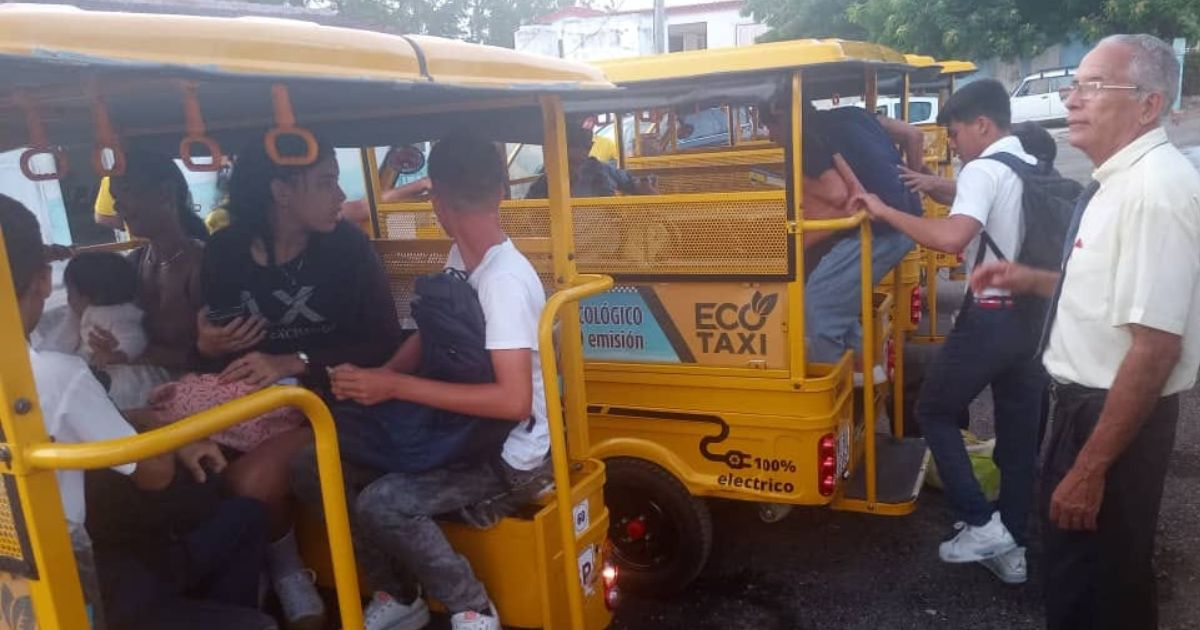
Five electric tricycles began operating this Monday in Gibara, Holguín, providing a new public transportation service at a cost of 10 CUP per passenger.
Eduardo Rodríguez Dávila, Minister of Transportation, boasted on Facebook that "the initiative has been well received by the people of Gibara," although this measure seems to be merely a patch in response to the structural deficiencies facing transportation in Cuba.
The head of the department stated that this "is part of a program to expand this technology in public passenger transportation across all provinces of the country for the remainder of this year and next," a solution that is insufficient and temporary in light of the deep crisis affecting the sector.
Rodríguez also reported that the introduction of electric tricycles is not limited to Gibara, as five tricycles have been placed in the municipalities of Baracoa and Maisí in Guantánamo province, which will soon be operational.
Recently, the fleet of electric tricycles for public passenger transportation in Havana has expanded with the addition of 35 new vehicles, which will join the 118 already operating in the city.
Rodríguez announced on his Facebook profile that currently these services operate 17 routes across eight municipalities.
The last two of these routes were recently implemented, with the first connecting points 23 and 26 to 23 and L, both urban nodes located in El Vedado, while the second linked points 23 and 26 to the Sports City and the Joaquín Albarrán Clinical Surgical Hospital (Clinico de 26) in El Cerro.
Amid the transportation crisis in Cuba and the shortage of fuel, the government has promised to create electric tricycles for Cubans that will feature advanced technology and include integrated solar panels.
The vehicles will not only be used for passenger transportation; they must also develop the communication system and broadcast, through their two screens and audio equipment, topics of interest to the regime.
Filed under: